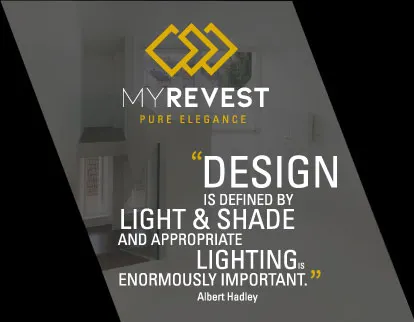


Floorings of industrial spaces also deserve to have great decorative qualities. Thus, under this consideration, MyRevest created MyPoxcrete, a line of water-based microcement that allows obtaining surfaces with extraordinary hardness, capable of withstanding abrasion and high pedestrian and vehicle traffic, maintaining their original appearance for long periods.
This high-performance coating has great workability allowing exceptional finishes, and it also gives great water resistance to indoor floors and walls in galleries, garages, industrial warehouses, shops, waiting rooms, corridors, and offices, among others.
It is available in 16 colors and in 4 different granulometries that stand out for their very natural mineral finish.
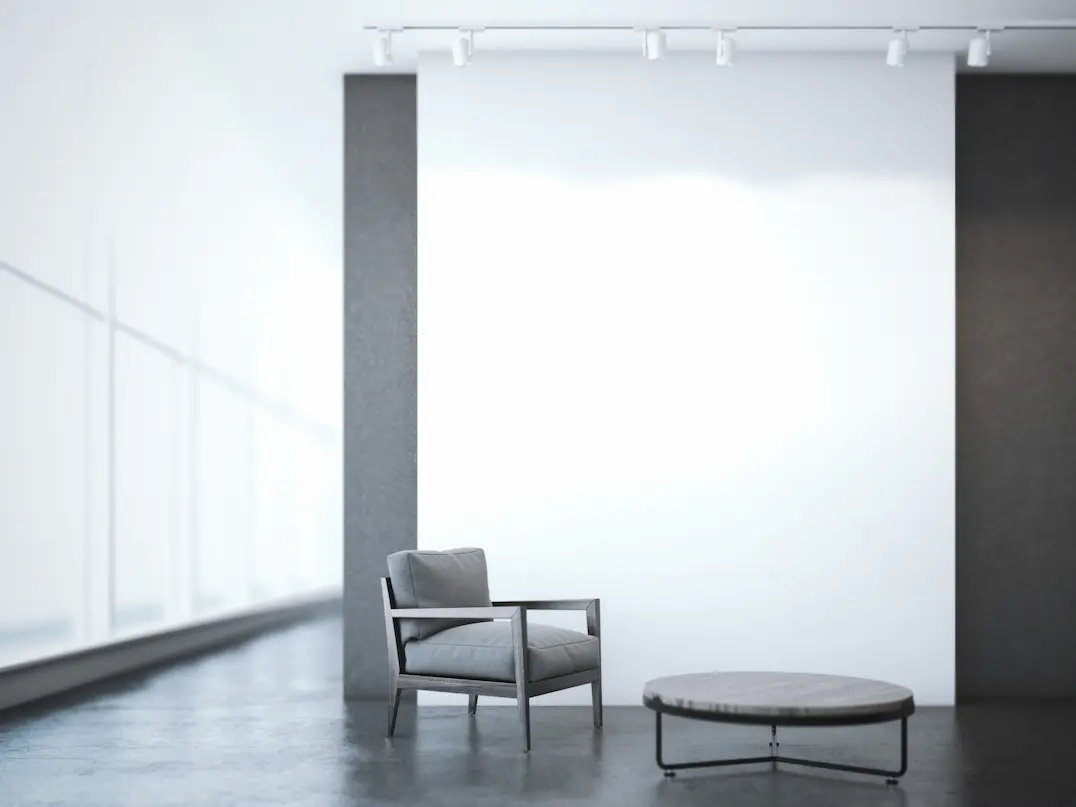
MyPoxcrete XL is the ideal epoxy microcement for creating continuous indoor floors and pavements, thanks to its robust technical and aesthetic properties. This can also be used on interior walls when seeking certain finishes.
Regardless of the chosen surface, a coat of MyPoxcrete M or MyPoxcrete S must be applied afterwards to finish decorating the base.
Inside its packaging we can find MyPoxcrete Microcement and MyPoxcrete Component B.
pH
9,5 ± 1
Density
(A) 1.65 ± 0.02 g/mL
(B) 1.16 g/mL at 25ºC
Curing
7 - 14 days
Greater hardness and waterproofing
1,40 Kg/m²
It comes in sets of containers:
- 18 Kg + 1.15 Kg
- 4.5 Kg + 0.3 Kg
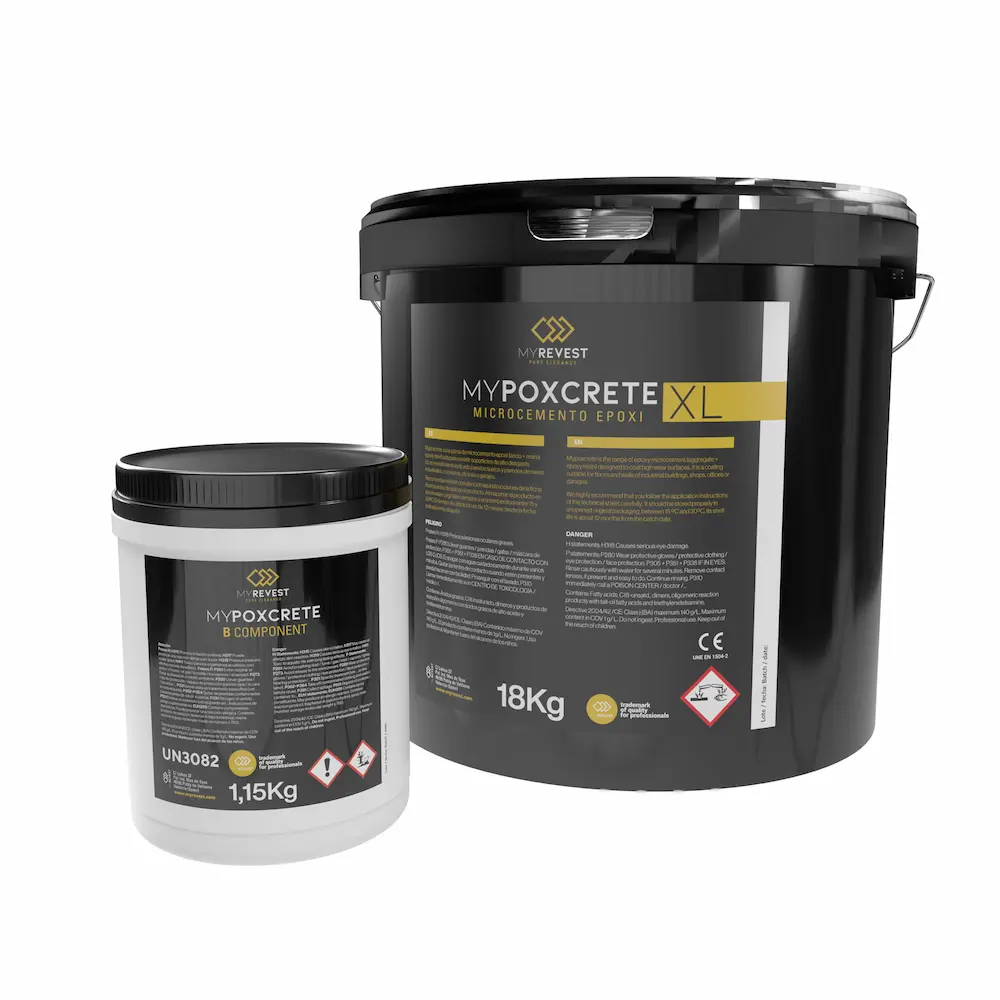

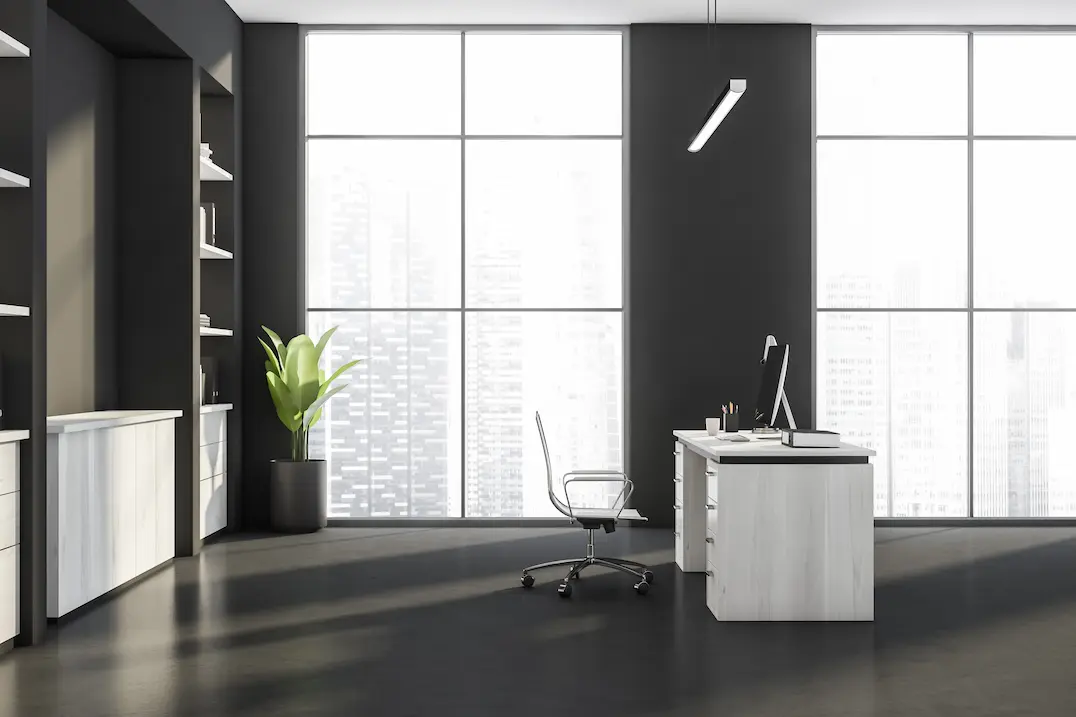
MyPoxcrete L is the epoxy microcement preparation with great versatility since although it was designed for interior wall coating, thanks to its hardness, it is also used as a base for indoor floors.
In this way, no matter if it is used on horizontal or vertical surfaces, after its application to complete the decorative system, a layer of MyPoxcreteS or MyPoxcrete M should be applied manually.
Inside its packaging we can find MyPoxcrete Microcement and MyPoxcrete Component B.
pH
9.5 ± 1
Density
(A) 1.65 ± 0.02 g/mL
(B) 1.16 g/mL at 25ºC
Curing
7-14 days
Greater hardness and waterproofing
1,20 Kg/m²
It comes in sets of containers:
- 18 Kg + 1.15 Kg
- 4.5 Kg + 0.3 Kg
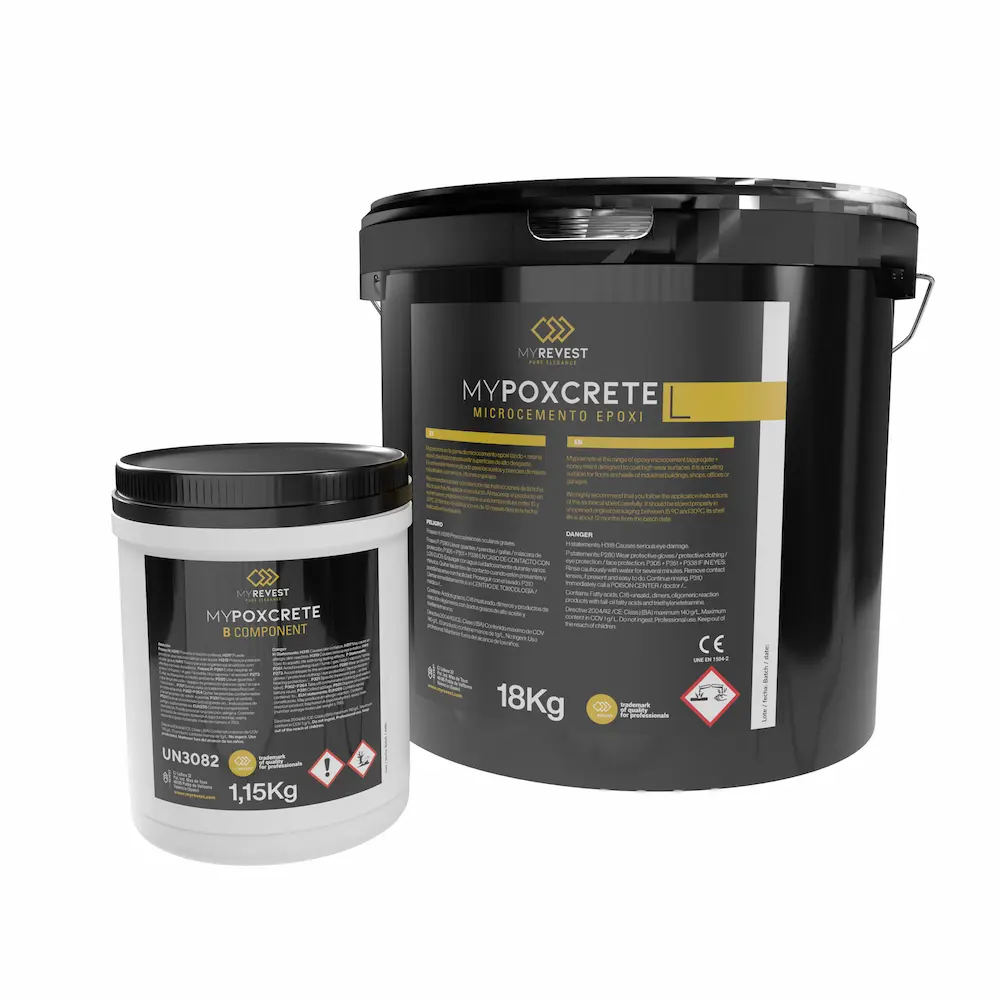

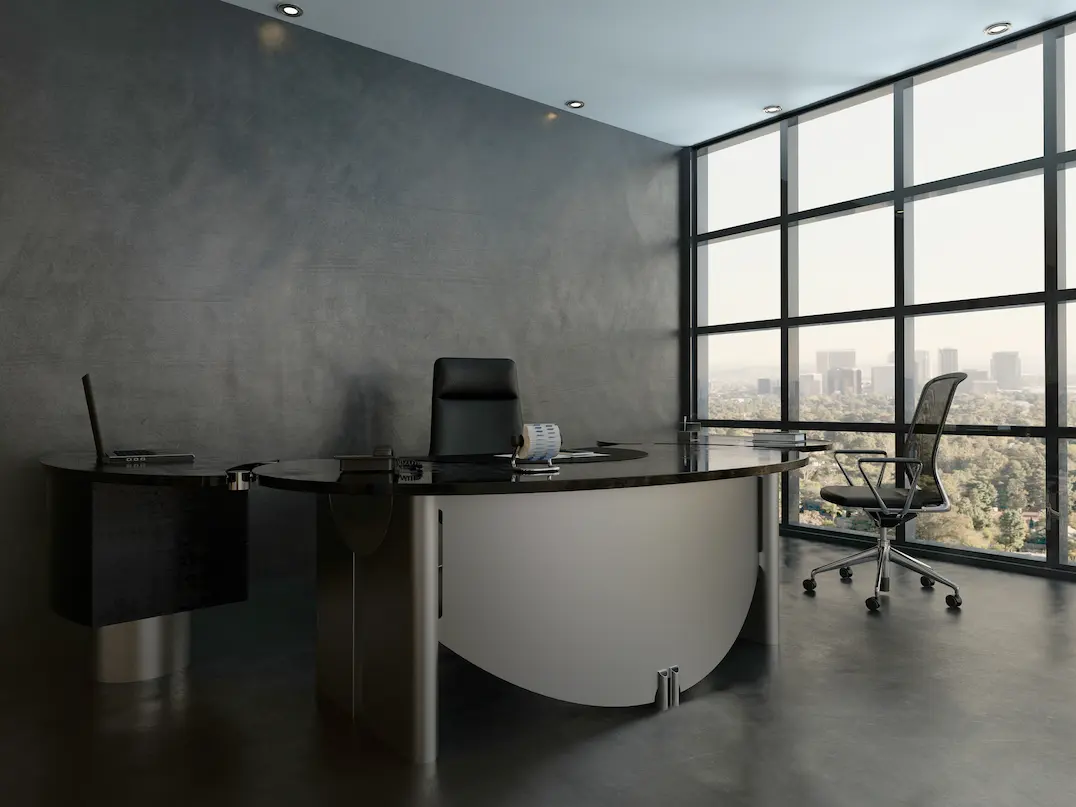
MyPoxcrete M is the epoxy microcement finish recommended for use on interior floors, but thanks to the finishes it ensures with its grain size, it is also used vertically, applied to interior walls.
As a handmade coating, before applying this product, two layers of MyPoxcrete XL or MyPoxcrete L (choose one or the other according to each professional's preferences) must be applied with a trowel.
Packaging sets consist of MyPoxcrete Microcemento and MyPoxcrete Component B.
pH
9,5 ± 1
Density
(A) 1.65 ± 0.02 g/mL
(B) 1.16 g/mL at 25ºC
Curing
7 - 14 days
Greater hardness and impermeability
0,70 Kg/m²
A It is presented in packaging sets:
- 18 Kg + 1.15 Kg
- 4.5 Kg + 0.3 Kg
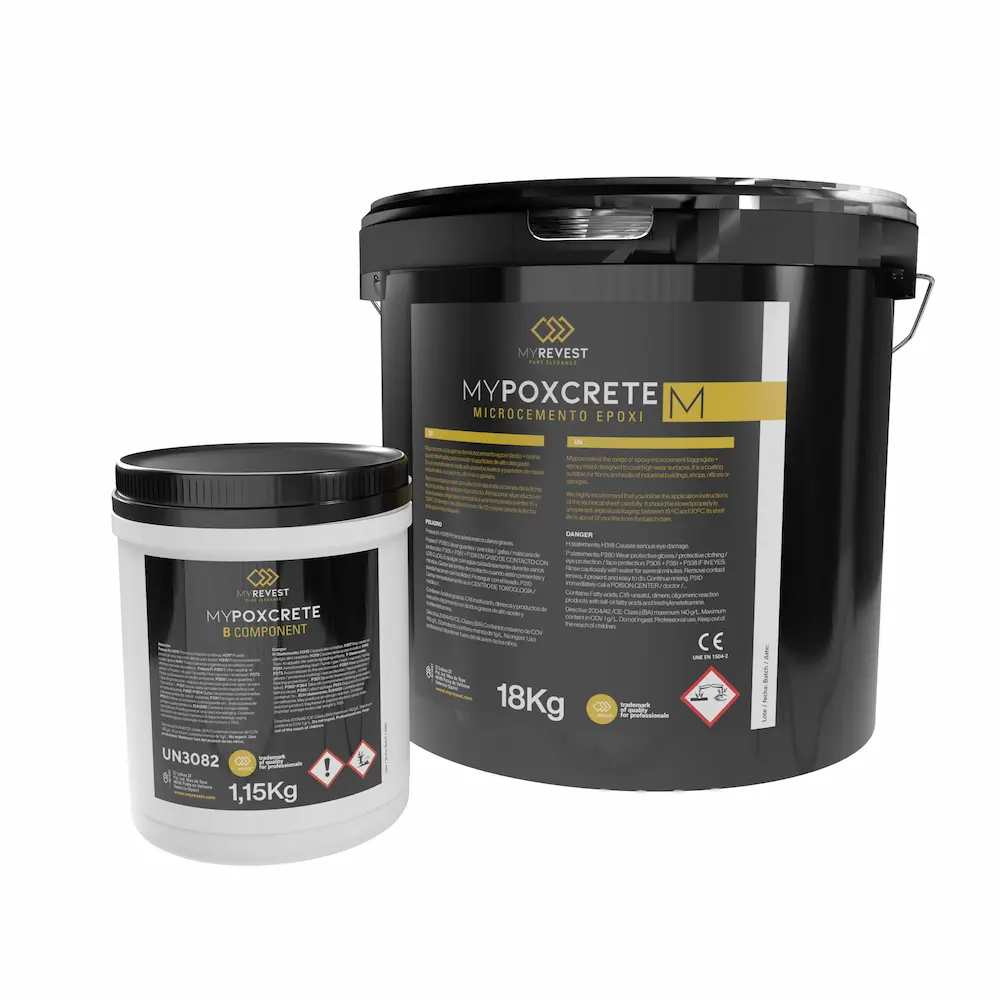

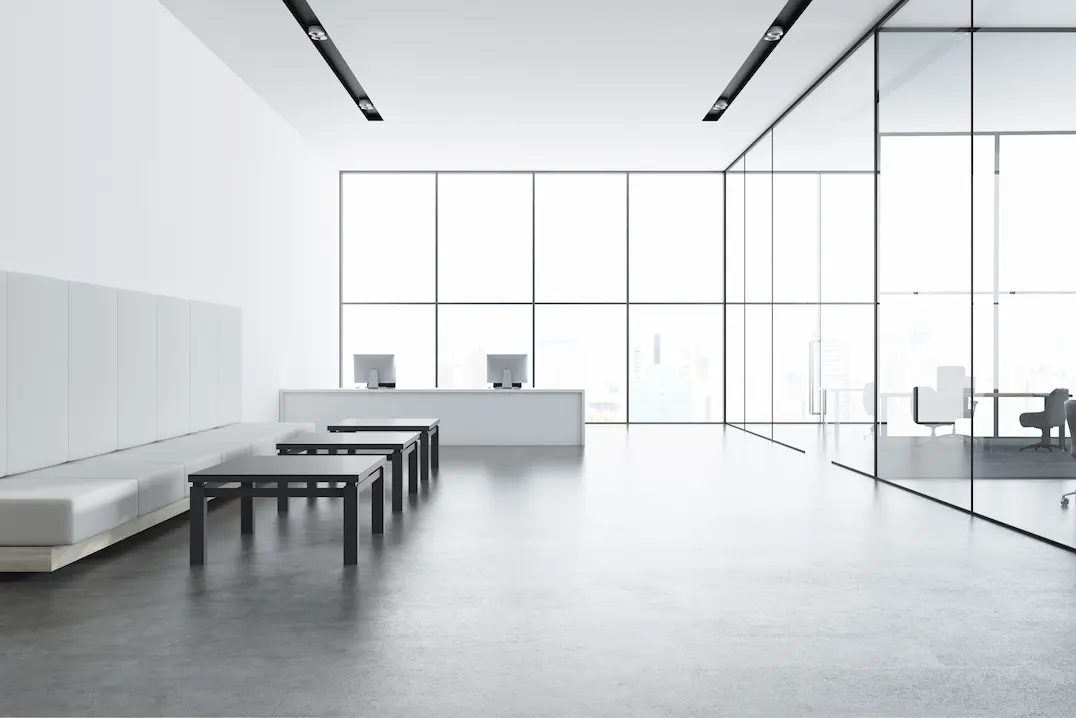
MyPoxcrete S is the ideal epoxy microcement finish for interior walls, turning these areas into authentic displayers of special finishes.
Its application is very simple and as it is a finishing coat, before its use, two layers of MyPoxcrete L or MyPoxcrete XL must be applied with a trowel, depending on the desired effects.
Despite the fineness of its grain, this coating has excellent resistances which make it a great option for applying on floors. In its packaging we find MyPoxcrete microcement and MyPoxcrete Component B.
pHn
9,5 ± 1
Curing
7 - 14 days
Density
(A) 1.65 ± 0.02 g/mL
(B) 1.16 g/mL at 25ºC
Greater hardness and impermeability
0,55 Kg/m²
A It is presented in packaging sets:
- 18 Kg + 1.15 Kg
- 4.5 Kg + 0.3 Kg
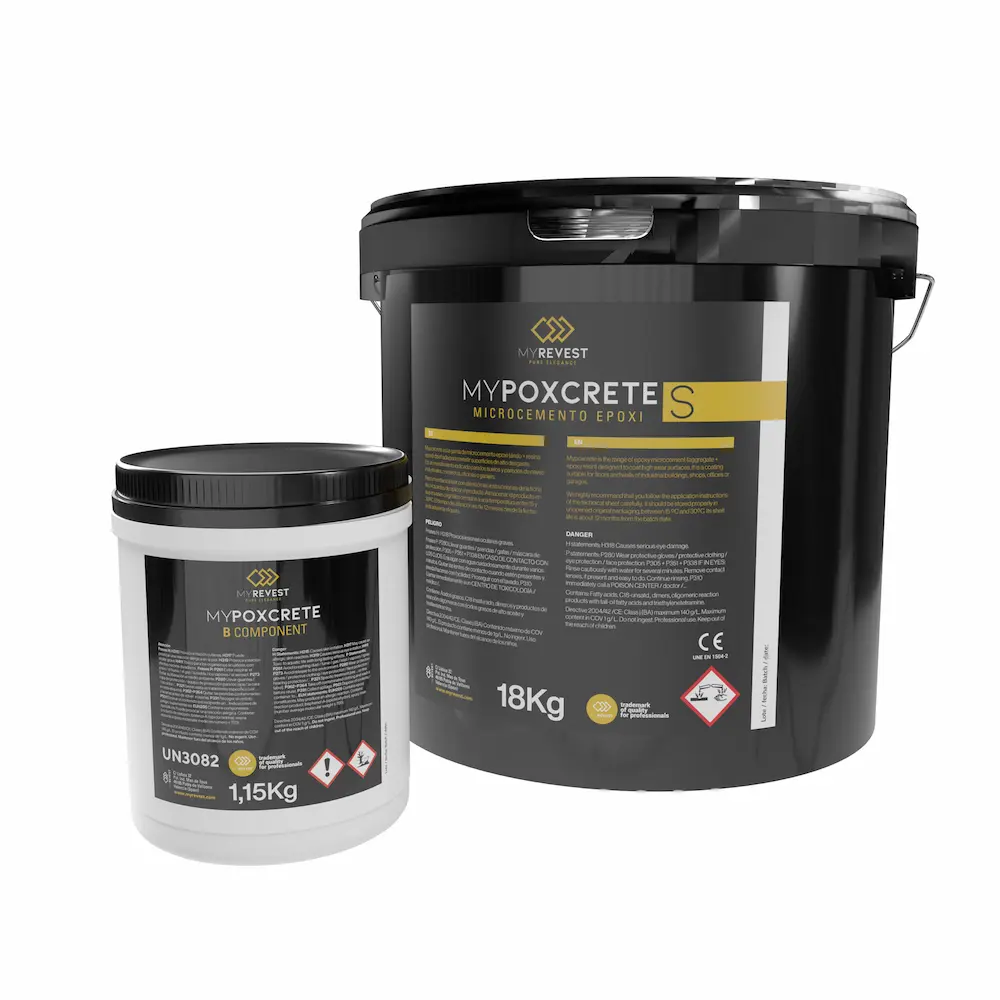

Applying MyPoxcrete to floors and walls has a lot of benefits. This is largely due to its composition, which makes its features turn into advantages as this coating is applied to the corresponding surface.
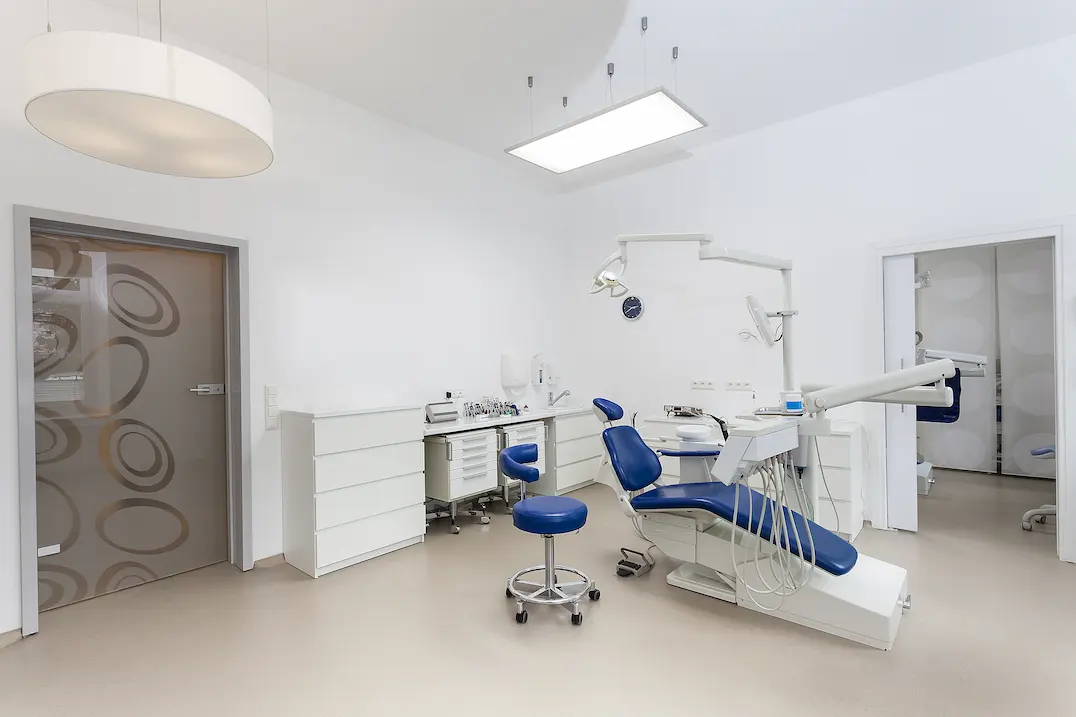
MyPoxcrete has been designed to create covered areas that stay in great condition for as long as possible. Thanks in part to its great mechanical resistance, with which it is able to withstand any threat without cracks or fissures appearing.
One of its most standout and unique features. The wet-on-wet technique will allow us to obtain results with a different decorative effect. A third layer of microcement should be applied when the second stops being "sticky."
The superpower of the epoxy resin found in its composition means that neither traffic, high pressures, or excessive wear will affect the applied surface. We are talking about a microcement with a good shore hardness of 80-87.
Thanks to its greater waterproofing, this coating is ideal for surfaces that are submerged or exposed to constant contact with running water.
Inspired by natural formations and the shine they possess, the finishes of this coating provide great beauty in addition to resistance.
Achieving the desired finishes is very easy with this range of epoxy coatings due to its great workability.
This increases its ability to adapt compared to other coatings, as it can be applied to any surface, regardless of the material that makes up the original support.
Nearly 20 colors and 4 granulometries are more than enough to decorate a space with floors and walls entirely to each person's taste.

Initially, it should be noted that the only component of MyPoxcrete that is pigmented is A. From here, depending on the chosen color, the proportions for the mixtures will have to be checked.
One of the keys to this process is that component A can be pigmented beforehand and left to rest until the microcement application is carried out. This is good for distributors because they can sell the product already pigmented. Bear in mind, if there is pigment left in the container, it can be collected using a little water.
MyPoxcrete is an epoxy microcement available in 4 granulometries capable of creating very special sensations on both interior floors and walls. To achieve this, the best results, you just have to carry out a traditional application process that goes from the preparation of the component mix and the support to the application of the sealing varnish.
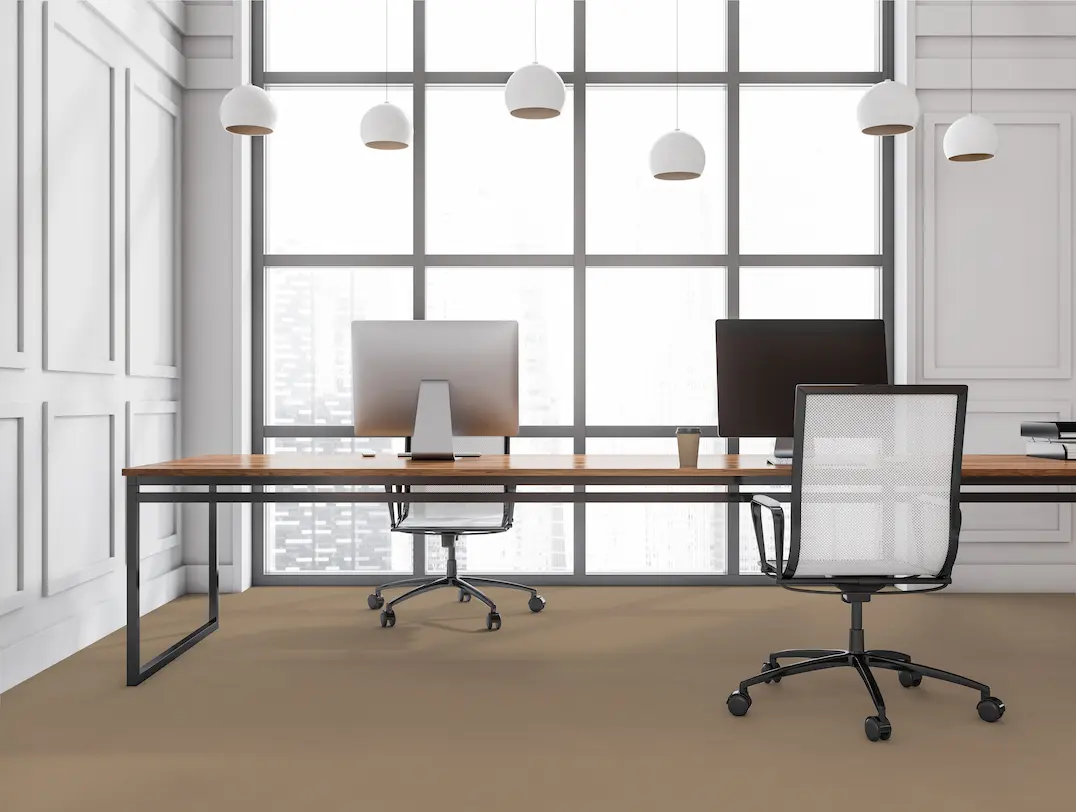
1Preparation.
The support to be applied must be dry, clean, and free of dust, grease, dirt, previous paint, or varnish. Whether it's a floor or walls, it can be sanded or cleaned.
2Priming
We recommend using a quality primer like the ones we have in the MyRevest catalog to improve the adhesion of the microcement. This is fundamental to achieving a successful application.
3Pigmenting.
Pour the desired color tonic into component A. This step is key to do before mixing with component B.
4Mix of components A and B
Once components A and B have been colored, they need to be mixed. *The adequate proportions can be found on the product's technical sheet.
5Apply 2 layers of epoxy microcement preparation
Depending on the desired finish, we apply two coats of MyPoxcrete XL or MyPoxcrete L. It is necessary to ensure that these layers do not exceed one millimeter in thickness. After the application of each layer, sand with 220 grit.
*Drying times will depend on the ambient temperature (you can find estimates on the technical sheet)
6Apply 1 finishing layer
Apply a coat of the finishing microcements MyPoxcrete M or MyPoxcrete S on the surface, depending on the finish desired. Later, once dry, it must be sanded with 400 grit sandpaper.
*Drying times on technical sheet
7Sealing
Seal with one of our MyCover varnishes. We recommend applying 2 coats of MySealant 2K varnish, allowing 8-24 hours of drying time between coats.

The amount of colors in which MyPoxcrete is available can expand its aesthetic possibilities if we consider the finishes and effects that can be achieved with this epoxy microcement.
The combinations can be infinite thanks to it being a very manageable material and because it is worked manually, allowing any applicator to exploit all their artistic skills to create surfaces full of personality and unique style.
It is not advisable to use MyPoxcrete epoxy microcement in areas that are exposed to the weather, as the resins found in its composition may yellow when in contact with UV rays.
No. This coating is designed so that you do not have to use mesh in its application process as it is applied in very thin layers and, by placing it, there would be a risk of increasing the thickness of each layer and these would end up cracking.
Yes, you can apply any type of primer depending on the type of surface, although since MyPoxcrete is an epoxy microcement to ensure the best results we recommend using the MyPoxy primer.
When talking about an epoxy microcement, we are talking about a material that naturally has resistances far greater than other systems, but of course, by sealing it, its durability will be increased to unforeseen limits.
Initially, the MyPoxcrete epoxy microcement color collection consists of 16 references, although thanks to our pigments, other ad hoc colors can be created according to user preferences.
Of course, as long as the floors and walls are part of spaces that are located indoors. That said, it should also be noted that as a product with such great resistances, its most common use is on pavements, due to its high resistance to traffic and other threats.
Due to all the attributes of MyPoxcrete, starting with its great resistances, it is a coating created for application in indoor areas that are exposed to very high traffic. Thus, it is designed to offer great performance in offices, car parks, commercial centers or warehouses, among others.
Yes. As we mentioned earlier, not only does this coating have an array of technical properties, it also has much to offer on a decorative level. It's so versatile, you can even create a water effect in any application.
To apply this epoxy microcement on tiles, the first thing you need to do is cover any gaps that exist on the surface to create a smooth substrate without irregularities that may complicate the application and affect the final result.
Then, it is necessary to apply our MyPrimer 200 primer for non-absorbent surfaces.
This coating already has an ideal texture for direct application without needing to add water. However, although not recommended, if you choose to add, you should only add water to component A prior to mixing with component B.